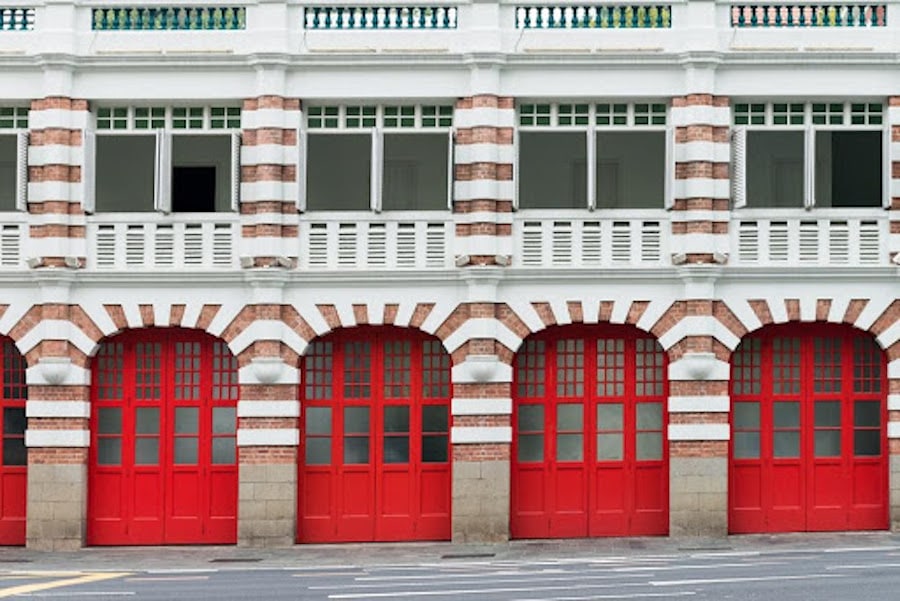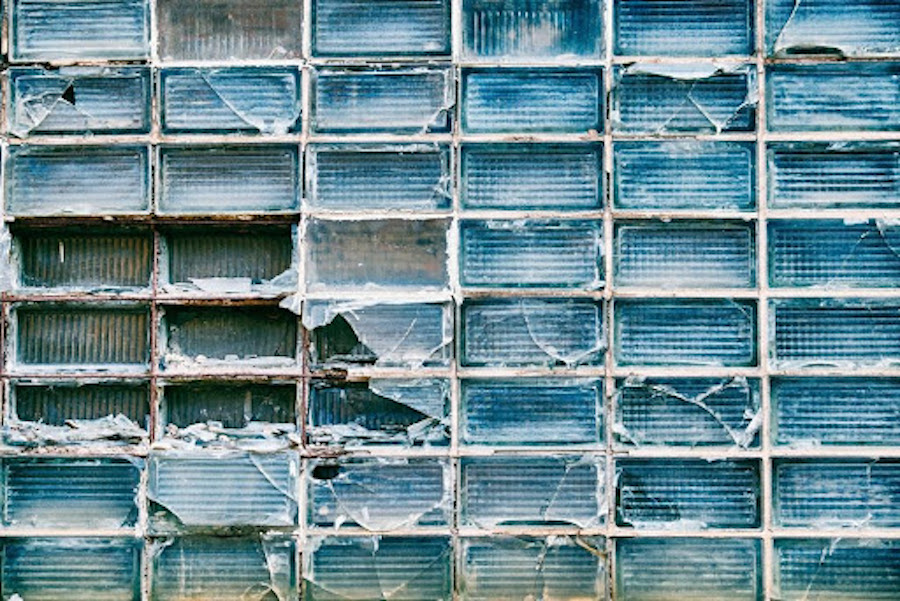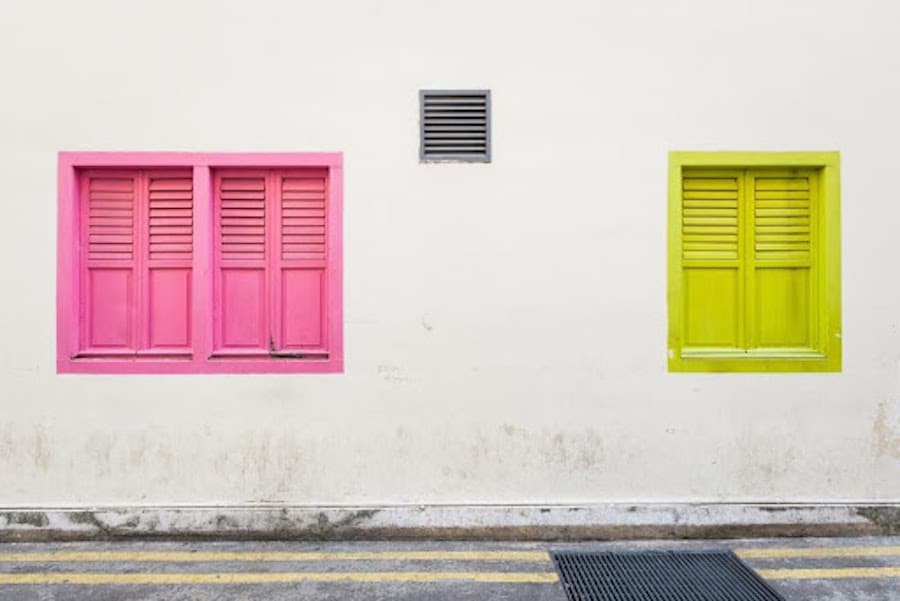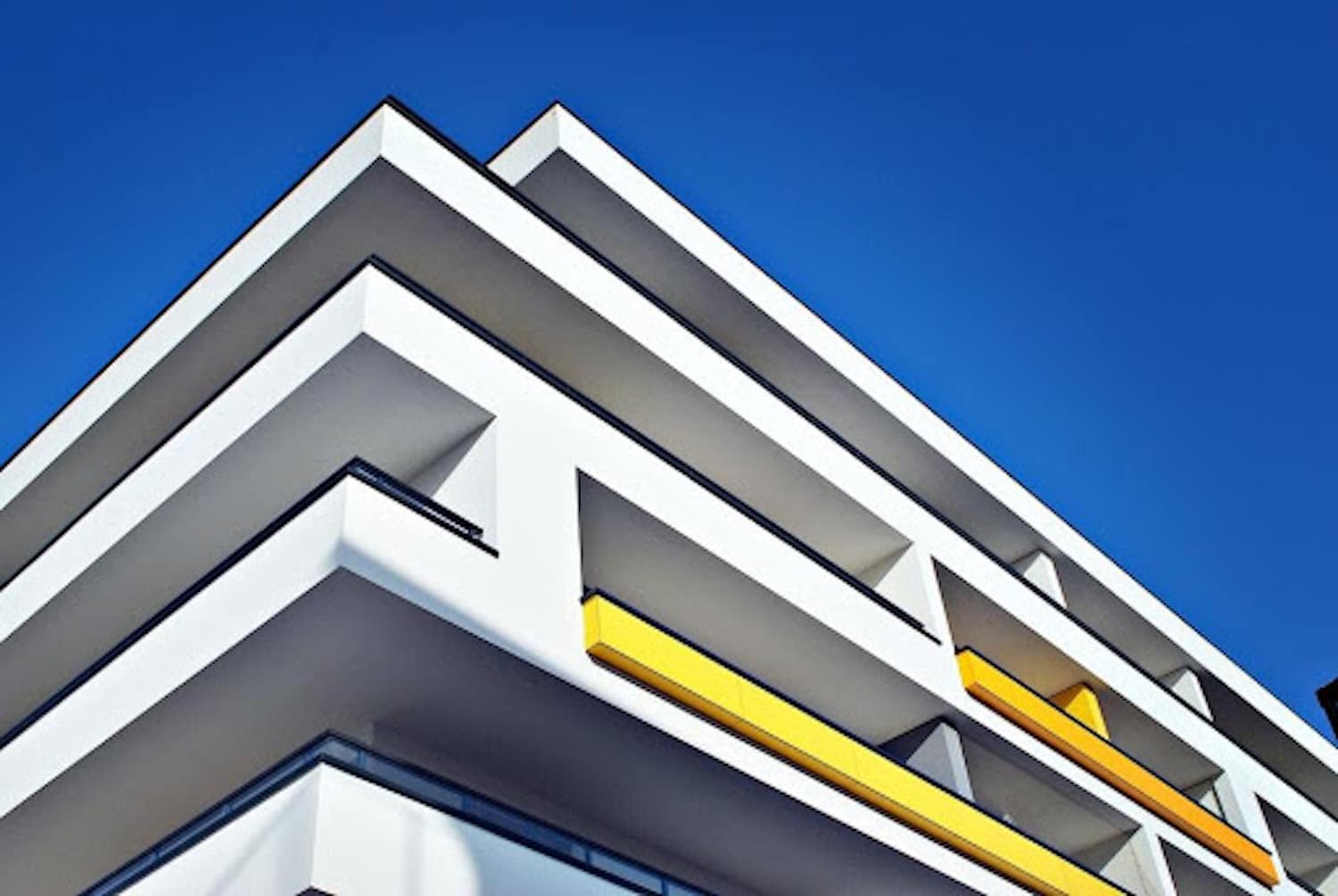Table of Contents
Architectural photography is a popular genre with beginners, although not the easiest one. If you want to learn more about how to shoot great architecture pictures, you will stumble upon many publications across photography websites and blogs that will advise you to purchase an ultra-wide angle lens and a tripod, or invest into a better camera. But what if you want to improve your architectural photography skills with your existing gear?
This article lists tips on architectural photography that can be used regardless of the camera you use, meaning you will be able to experiment with shooting architecture with anything you have at hand – even on your smartphone. And who knows, one day you might be good enough to turn your hobby into a passive income as you upload your shots that have commercial appeal into some stock photography website and start earning as a freelance photographer.
1. Shoot under different weather and lighting conditions
Many photographers try to leverage natural lightning conditions and shoot during the golden hour (after the sunrise and before the sunset) and the blue hour (before the sunrise and after the sunset). It works perfectly with portrait photography, but when it comes to architectural photography, it’s a better idea to try to shoot in different times of day. This way, you will be sure you are able to shoot in variable lighting conditions and see what works best for your photos.
The overcast sky or stormy weather also shouldn’t scare you away, as they can add a beautiful touch to your images. You probably know that you can take mesmerizing shots when the sky is full of clouds, as including clouds of different sizes and textures in your frames can add a sense of depth and layers to your photos. Clouds naturally diffuse light, and when the sky is overcast, you can get some moody and interesting shots with darker lightning. Don’t be afraid to include sky and even natural surroundings in your architecture shots since they will provide context to your shots and create a certain mood.

2. Search for unconventional perspectives and details
Most of us have a single image of the most famous architectural sites in mind. If you think about the Eiffel Tower, the Sydney Opera House, or the Tower Bridge, you probably imagine them from a certain angle as you’ve been influenced by thousands of similar photos you’ve seen. However, if you want to stand out as an architectural photographer, you should try to shoot a building or a construction from an unconventional perspective, to show it to your viewers from a different, even unexpected angle.
To think outside of the box, you need to know the basic composition rules and how to break them. While many beginner photographers base their composition on the rule of thirds, it’s good to try all the tricks in the book, such as a composition based on the golden ratio. Searching for different angles and unusual perspectives will help you discover and focus on new details.
3. Play with leading lines and shapes
An architectural photo doesn’t offer much ‘action’ to viewers, which means your aim as a photographer is to guide your audience’s attention to the focal point. The best way to do it is to search for leading lines within your frame. Leading lines are any lines in a picture that naturally lead an eye, such as wires, street lamps, buildings surfaces, roads, and signs. If you are able to find some good leaning lines, you will make your shots more attention-grabbing and interesting.
Similarly to lines, shapes are great for drawing attention to a certain part of an image. Urban geometry is an interesting aspect for practice since you might end up with a bunch of eye-pleasing pictures in your portfolio. Be attentive next time you walk around your area as you might stumble upon your new textures and patterns.

4. Use reflections for perfect pictures
To add another layer of meaning to your shots and make your images really appealing, you should pay attention to some tricks that might visually embrace and improve the space within your picture. Opt for searching for ways to say more with the same balance of objects in your shots, using tricks like reflections. Reflections can tell a better story about your scene and distort picture perfect moments in an interesting way.
Another advantage of using reflections in your architectural photography is that they separate your image into several different ‘layers’, tricking your viewer’s mind into thinking your photo has more depth and texture. Luckily, you can find a lot of reflecting surfaces within your urban area since there are windows, glass buildings, ponds, and even puddles that you can catch a reflection on.
5. Sometimes it’s good to include people in your shots
The greatest photographs are all about the thoughts and feelings they ignite, and this heavily depends on the associations an image provides. If you want to give your viewers more context, you can include people in your shots of architecture.

The presence of humans in your pictures will help your viewers understand the proportions and sizes in an image, hence making it more layered templates and 3D-like. That’s why sometimes it’s a good idea to shoot a certain place or location with and without people in your frame and experiment with your models to see if this works for your artistic intentions.
An afterthought
Architectural photography has always been in demand, with tons of stunning architecture shots liked and shared all over social media feeds. Practicing architectural photography will help you get a better understanding of composition and light, as they play a crucial role regardless of what you’re shooting. To master your skills, you need a lot of practice, and this can be a great genre to get started in.
While the tips above will help you improve your architectural photos, you most certainly should push yourself during the editing or post-production process. You can make a great image even better, or fix an ordinary shot and make it more artistic with light adjustments. Try out the same picture both in color and black and white, as some architecture photos look awesome in monochrome.
Featured image: grand-warszawski | Depositphotos


